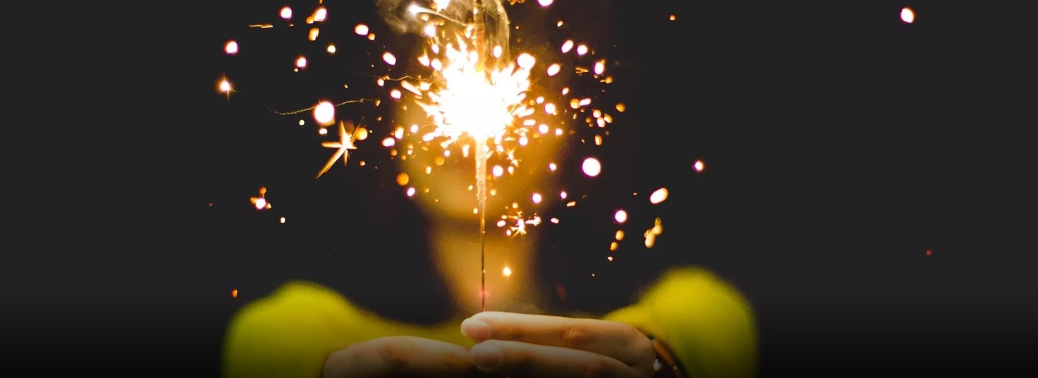Green Fire crackers unlikely to hit market this Deepavali
18, Oct 2018

Prelims level :
Mains level : G.S-III Science and Technology- developments and their applications and effects in everyday life
Why in News?
- There is little likelihood of ‘green’ firecrackers being available in the market in time for this year’s Deepavali even though a clutch of CSIR laboratories have developed them, according to Union Environment Minister Harsh Vardhan, who didn’t specify a timeline for when such improved crackers would become commercially available.
Green crackers:
- Restricting the use of fireworks during all events to an 8-10 pm window, the Supreme Court ordered that only crackers with reduced emission and “green crackers” can be manufactured and sold. The court observed that efforts have gone into producing such crackers.
- “Green crackers” are so named because they “do not contain harmful chemicals” that would cause air pollution. Components in firecrackers are replaced with others that are “less dangerous” and “less harmful” to the atmosphere, says director the Council of Scientific & Industrial Research’s National Environmental Engineering Research Institute (CSIR-NEERI).
Tests & results:
- The idea, proposed by Science & Technology Minister, was announced in January. It was carried forward by a network of CSIR labs, including Central Electro Chemical Research Institute (CECRI), Indian Institute of Chemical Technology, National Botanical Research Institute and National Chemical Laboratory. “The idea was to assess if we can replace or reduce dangerous components with materials that are less harmful. They came up with 3-4 formulations and looked at 30-40% of active materials which reduce particulate matter.
- The CSIR, which employed seven of its 39 labs over a year in a ₹65 lakh project, said it was in talks with manufacturers and “had approached” the Petroleum and Explosives Safety Organisation to analyse and test the crackers for safety and viability.
- CSIR-CECRI has developed flower pots by using “eco-friendly materials” that can potentially reduce particulate matter by 40%. CSIR-NEERI is testing the efficacy of bijli crackers by “eliminating the use of ash as desiccants”. Scientists have also developed potential sound-emitting functional prototypes that do not emit sulphur dioxide, and are testing a prototype of flower pots substituting barium nitrate with an eco-friendly version.
- Scientists have given these crackers names: Safe Water Releaser (SWAS), Safe Thermite Cracker (STAR) and Safe Minimal Aluminium (SAFAL). It has the unique property of releasing water vapour and/or air as dust suppressant and diluent for gaseous emissions and matching performance in sound with conventional crackers. The Petroleum and Explosives Safety Organisation is testing and analysing these crackers for safety and stability.
Peso:
- As a statutory authority, PESO is entrusted with the responsibilities under the Explosives Act, 1884; Petroleum Act, 1934; Inflammable Substances Act, 1952, Environment (Protection Act), 1986 and the following rules framed there under: –
- Petroleum & Explosives Safety Organisation (PESO), Nagpur is the nodal Organization to look after safety requirements in manufacture, storage, transport and use of explosives and petroleum. The Organization is headed by Chief Controller of Explosives with its headquarter located at Nagpur (Maharashtra). It has five Circle Offices located in Kolkata, Mumbai, Chennai, Faridabad and Agra and 18 Sub-circles Offices in the country.
- It has a Departmental Testing Station (DTS) at Gondkhairy, Nagpur where tests on explosives, safety fittings of road tanker, cylinders/ containers are carried out. Fireworks Research and Development Centre (FRDC) at Sivakasi, Tamil Nadu for testing and development of eco-friendly fireworks has been set up by PESO to ensure safety and security of public and property from fire and explosion.






